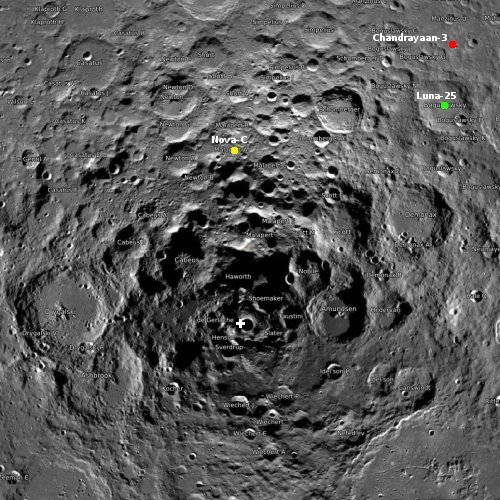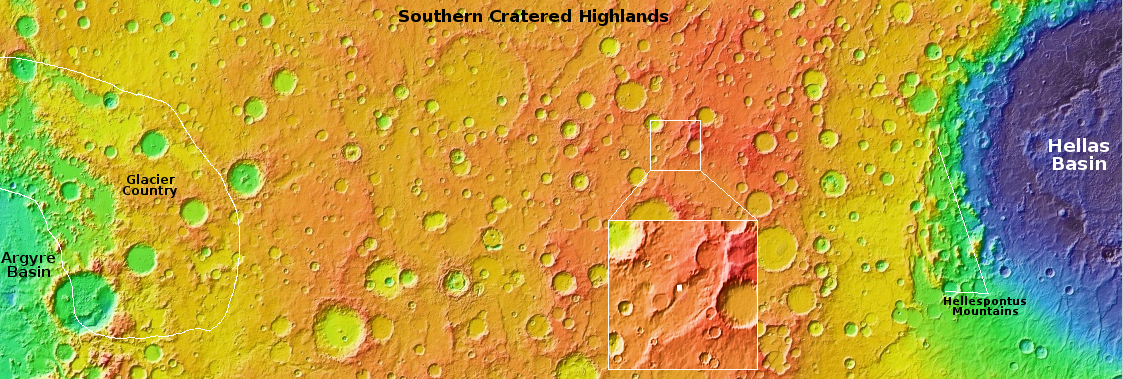May 18, 2023 Quick space links
Courtesy of BtB’s stringer Jay.
- Spanish startup company PLD completes 5 second static fire test of suborbital rocket Miura-1
The company has still not announced a launch date.
- Chinese pseudo-company Galactic Energy unveils its Pallas-1 rocket
This version, not yet launched, is not reusable in any way, but the pseudo-company also shows video of a future version landing exactly like the Falcon 9.
- Sierra Space touts the trash compactor it has developed for future space stations
Of all the companies in Blue Origin’s Orbital Reef space station partnership, Sierra Space appears to be getting the most done, with the partnership’s “leader” Blue Origin far in the rear, apparently accomplishing nothing.
- UK government says it has no interest in buying bankrupt Virgin Orbit
We should know Virgin Orbit’s fate on May 24th.
Courtesy of BtB’s stringer Jay.
- Spanish startup company PLD completes 5 second static fire test of suborbital rocket Miura-1
The company has still not announced a launch date.
- Chinese pseudo-company Galactic Energy unveils its Pallas-1 rocket
This version, not yet launched, is not reusable in any way, but the pseudo-company also shows video of a future version landing exactly like the Falcon 9.
- Sierra Space touts the trash compactor it has developed for future space stations
Of all the companies in Blue Origin’s Orbital Reef space station partnership, Sierra Space appears to be getting the most done, with the partnership’s “leader” Blue Origin far in the rear, apparently accomplishing nothing.
- UK government says it has no interest in buying bankrupt Virgin Orbit
We should know Virgin Orbit’s fate on May 24th.













